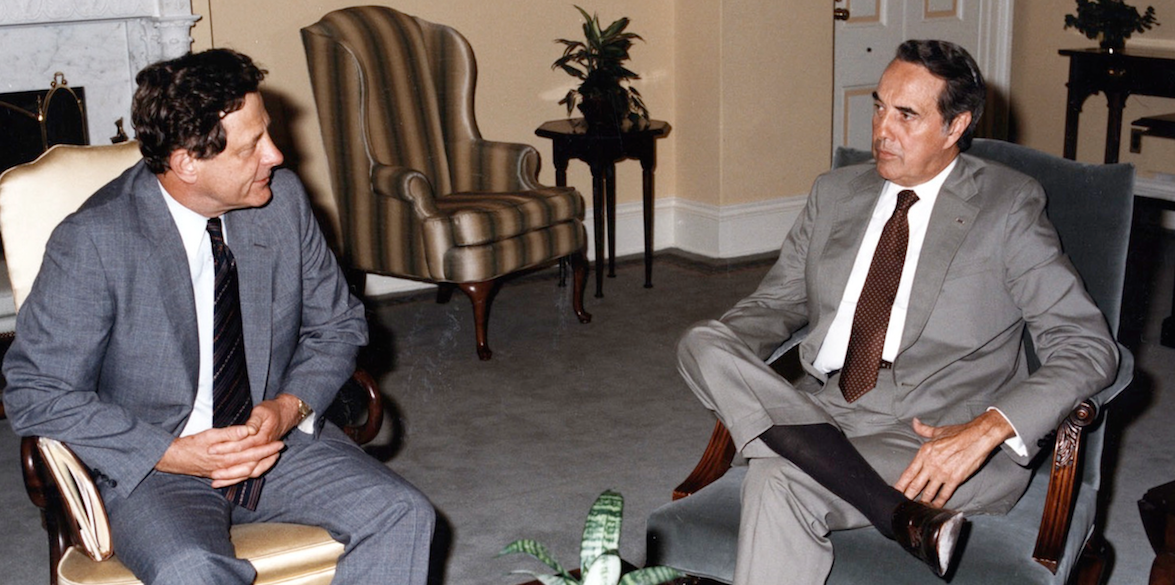Does the FDA approval process impede innovation? Medical devices must be reviewed for safety and effectiveness by the Food and Drug Administration before being marketed in United States, which encompasses 43 percent of the global market for medical devices. Startups in the medical device industry are often dissatisfied with this approval process, favoring the FDA’s European Union peer, CE Marking. Some founders even believe the time consuming and expensive FDA process “holds back the entire industry.”
Classification of Medical Devices
The FDA classifies medical devices based on their associated risks. Class I devices, like enema kits and elastic bandages, have minimal potential for harm and are typically exempt from the regulatory process. Devices that present medium risk, like contact lenses, are classified as Class II and carefully reviewed. Class III devices, such as pacemakers and replacement heart valves, are the highest risk devices, subject to the most regulatory controls.

The FDA categorizes devices based on their function, not their underlying technologies. These categorizations may cause unnecessary delays by imposing regulatory requirements on technologies that have already been tested. Ariel Dora Stern of Harvard Business School found that for devices based on the same technologies, those placed in already existing product categories took less time to approve than those placed in new categories.
Premarket Processes
There are two FDA processes required of medical devices in different classifications: Premarket Notification 510(k) and Premarket Approval (PMA).
Most Class I and Class II devices can be marketed after receiving 510(k) clearance. It demonstrates that the device is “substantially equivalent” to a device already on the market. Those devices that can be paired with substantial equivalents or “predicate devices” do not require a PMA. The 510(k) clearance tends to take around 200 days and costs much less than PMA.
PMA is required for new Class III high-risk devices. Companies need to submit evidence that provides reasonable assurance that the device is safe and effective. The PMA can take more than 450 days and include the ongoing costs of clinical trials among other expenses.
The clinical study stage often takes as long as the initial concept development stage. Josh Makower, Aabed Meer and Lyn Denend at Stanford University surveyed over 200 medical device companies and found that it took the companies an average of 31 months from first communication with the FDA to receive 510(k) clearance and 54 months for PMA. 81 percent of survey respondents believed that the FDA has a difficult time with novel technologies. Stern also found that the first device in any given category took 34 percent longer to receive approval than the next device in that category, leading to an average delay of 7.2 months.
Hefty Expenditures
Makower et al. found the average total cost to bring a low- to moderate-risk 510(k) product from concept to clearance was $31 million, with $24 million spent on FDA-related activities. For a higher-risk PMA product, the cost became $94 million, with $75 million spent on FDA requirements. Approximately 50 percent of medical device exits (acquisitions or IPOs) are under $100 million; 75 percent are under $150 million. As the cost of getting to market approaches the average exit value, the funding equation looks less attractive to venture capitalists.
Obstacles to True Innovation
It is likely that companies sometimes compromise and pursue the less risky yet also less innovative 510(k) route. They make relatively simple extensions to low-risk product lines already in existence. The FDA typically evaluates more than 4,000 510(k) notifications and about 40 original PMA applications each year. This means that only one percent of devices are innovative, new medical technologies that require clinical data to get FDA approval.
Challenges Facing Small Companies
Startups face particular challenges in navigating the FDA regulatory process. More than 80 percent of the 6,500 medical device companies in the U.S. have fewer than 50 employees. According to the industry-wide survey, 72 percent of small companies submit new products. Only 35 percent of large companies do this. The total average review time for small companies is 330 days, as opposed to 177 days for large companies. However, Stern found that privately-held firms with revenues under $500 million made up only 14 percent of FDA submissions for follow-on devices and 7 percent for novel devices.
CE Mark or FDA?
The EU represents 31 percent of the global medical device market, which has a projected value reaching $544 billion by 2020. Access to both the American and European markets gives startups 74 percent of the global market, worth $400 billion. Attempting both FDA approval and CE Mark approval simultaneously is not feasible for most companies
In 2012, a Boston Consulting Group study found that most PMA medical devices were available in Europe 3 years earlier than in the U.S. Makower et al. found it took medical technology firms an average of seven months to get CE Mark clearance and 11 months to get PMA for the EU. Approximately two-thirds of small medical device companies obtained clearance in Europe first. The number one reason is the unpredictability of 510(k) requirements, according to a comprehensive industry-wide survey conducted by John H. Linehan and Jan B. Pietzsch at Northwestern University.
The difficulty of obtaining FDA approval also makes it harder for startups to raise VC funding. In 2012, BCG interviewed venture capitalists on medical device investments and found that some investors would not invest in a medical device startup unless the company received a CE Mark and promised consequent revenues in Europe.
Conclusion
The value and importance of FDA approval are undeniable. However, policymakers should examine whether the lengthy and expensive FDA approval process is necessary. The FDA might consider reducing the length of the process for all applicants. It might also help if the FDA accommodates startups’ specific needs. This can be done by granting subsidies to small businesses, offering expedited paths to truly novel and needed technologies and providing equipment or space for conducting clinical trials to innovative startups.

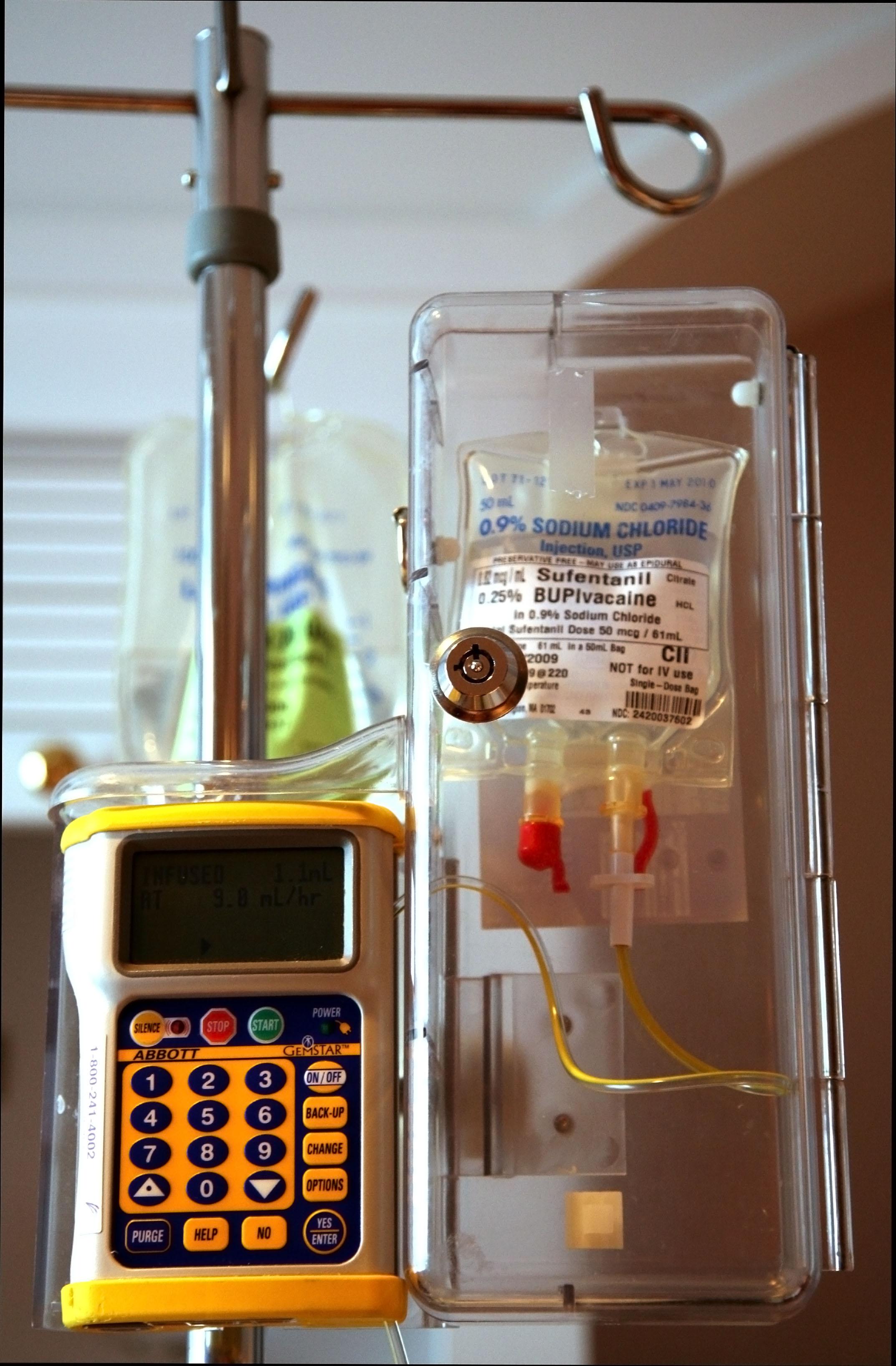
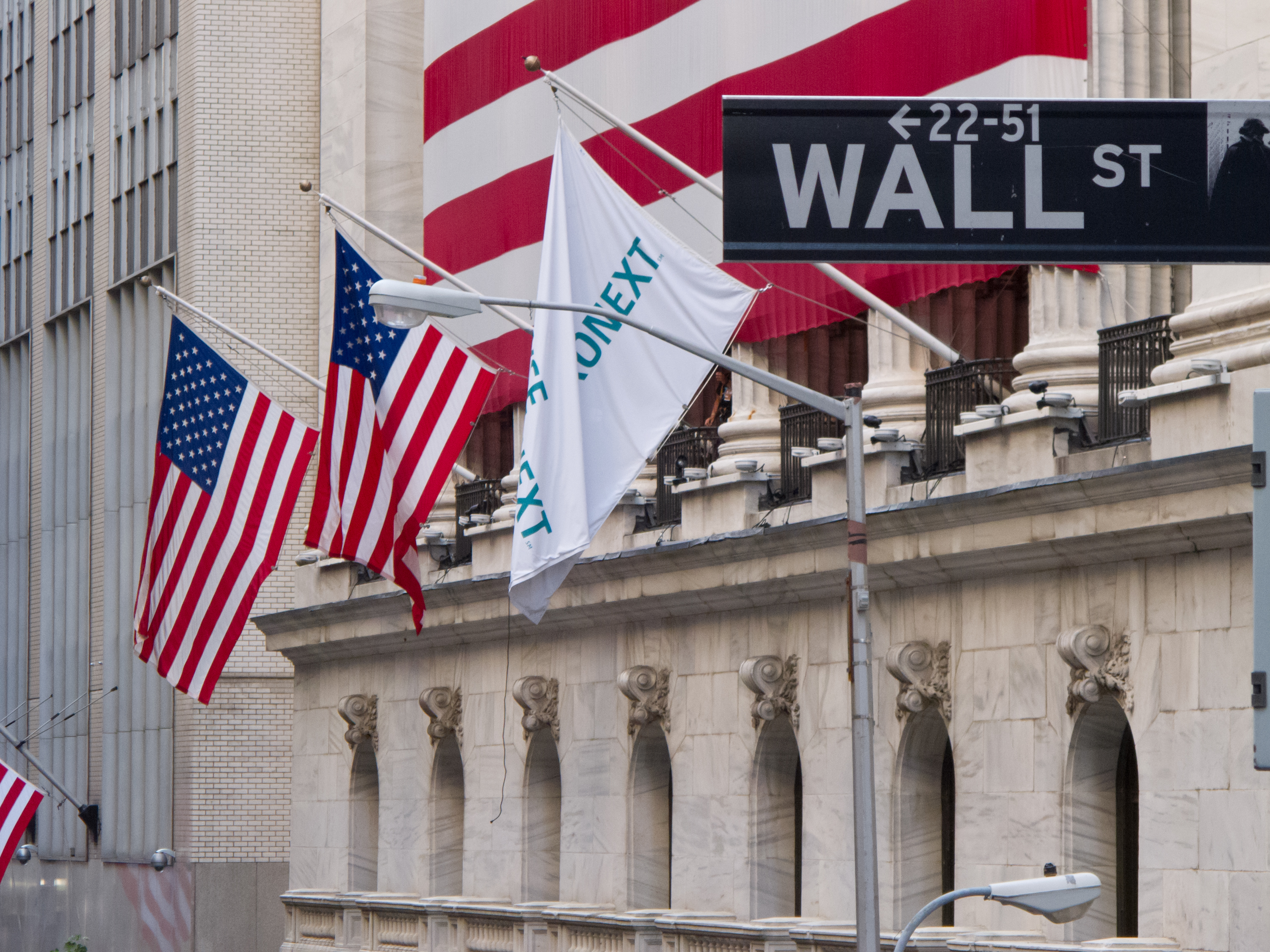

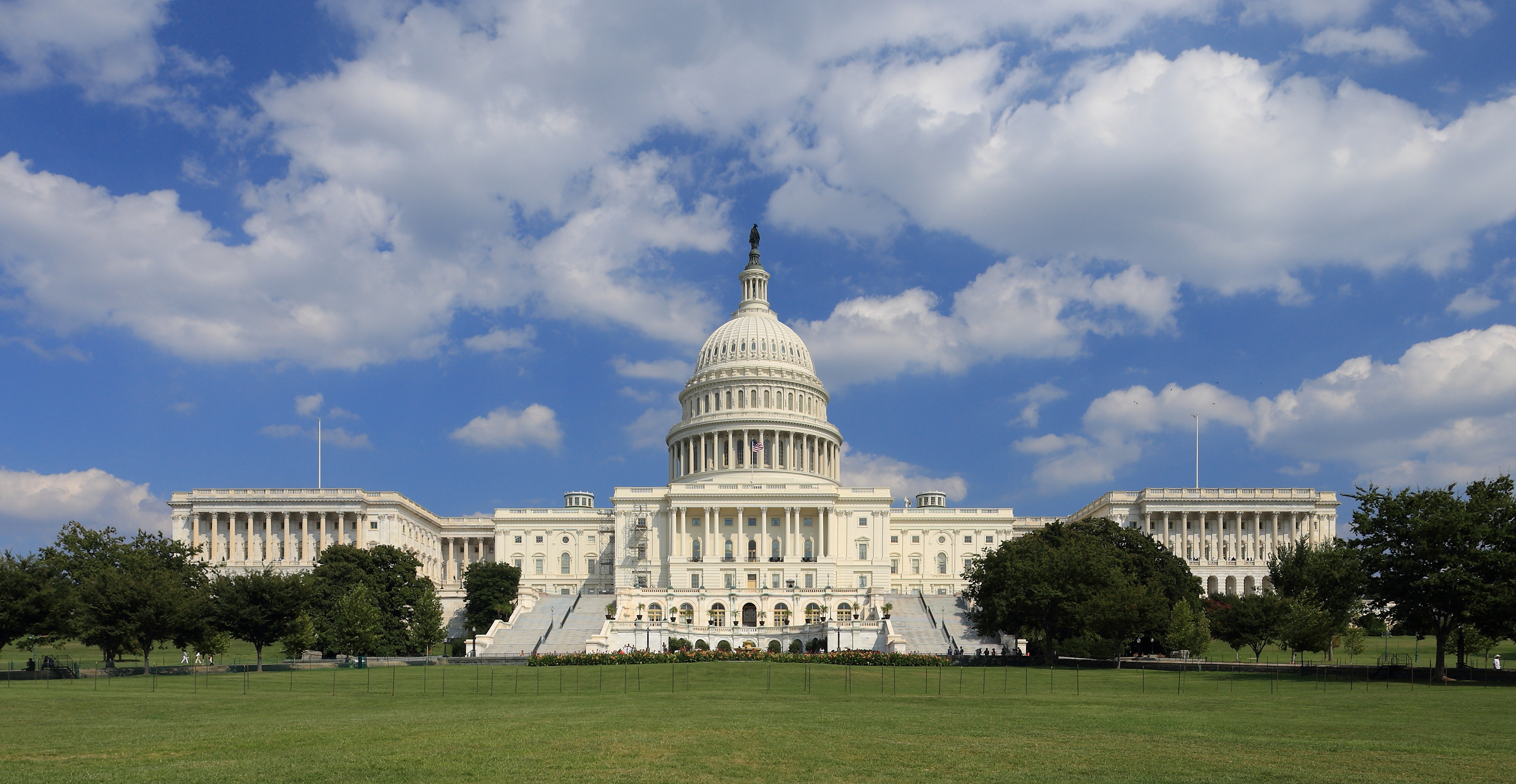
 Legislation passed during the first three months of the 115th Congress pays disproportionate attention to entrepreneurship and innovation. McNair Center research shows that in a typical congressional session, less than 2 percent of legislation introduced is relevant to E&I issues. As of March 23, three of the
Legislation passed during the first three months of the 115th Congress pays disproportionate attention to entrepreneurship and innovation. McNair Center research shows that in a typical congressional session, less than 2 percent of legislation introduced is relevant to E&I issues. As of March 23, three of the 
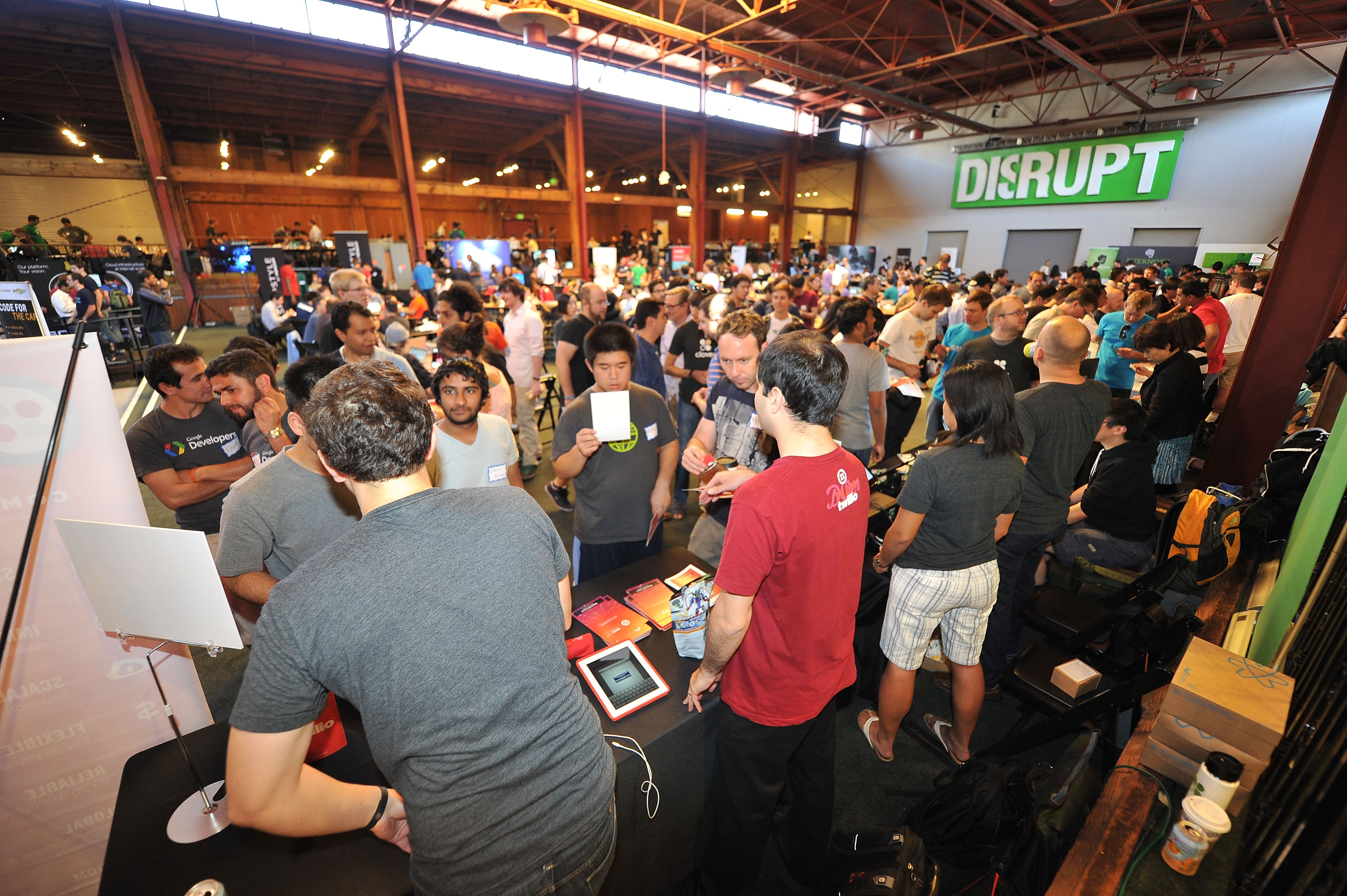

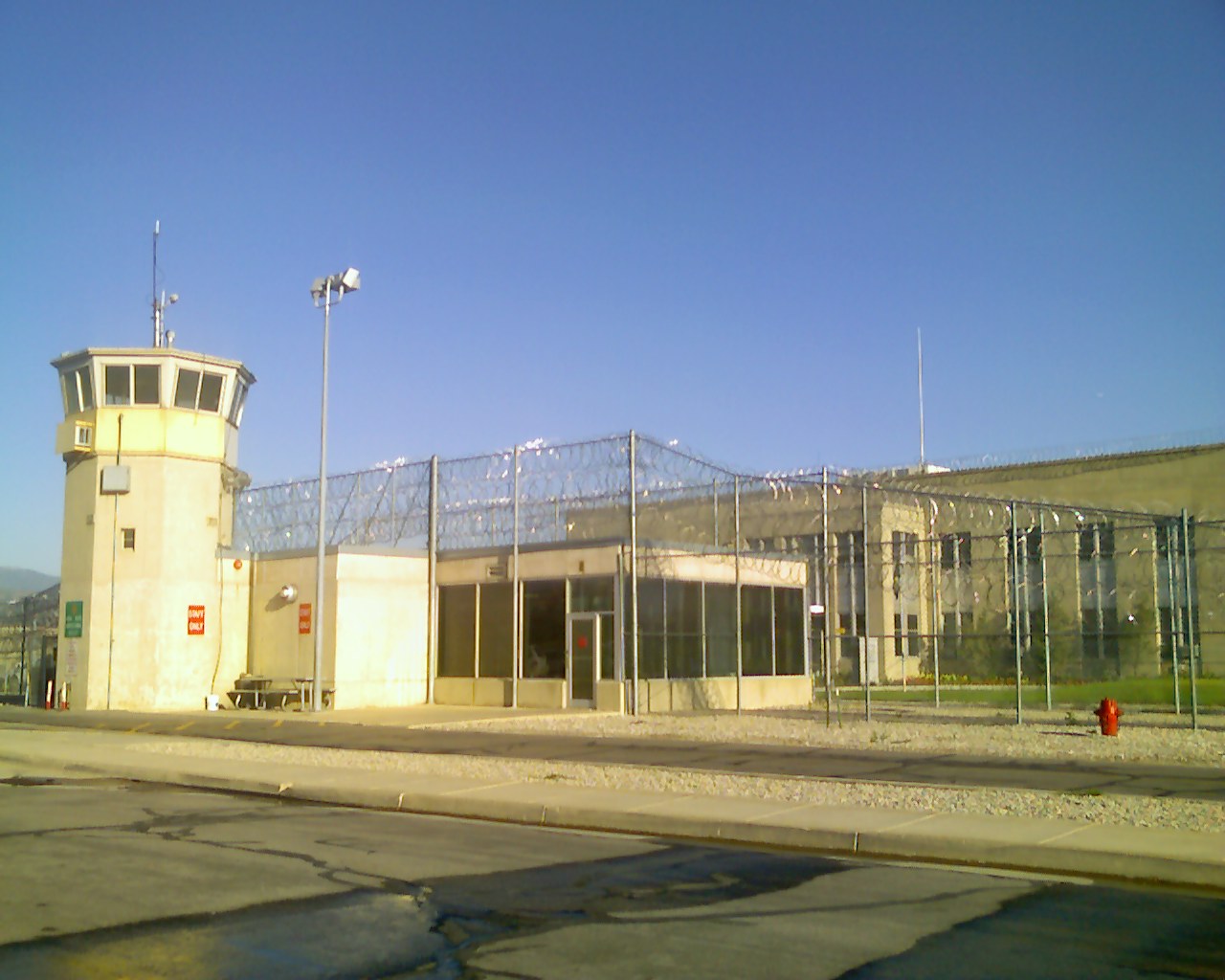
 Within five years, 76.6% of released prisoners were rearrested.
Within five years, 76.6% of released prisoners were rearrested.
